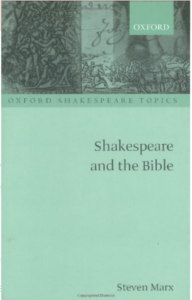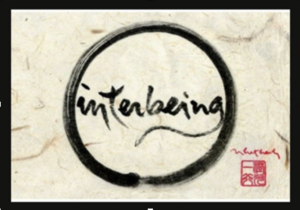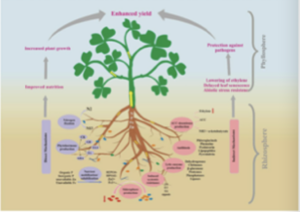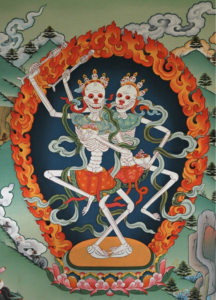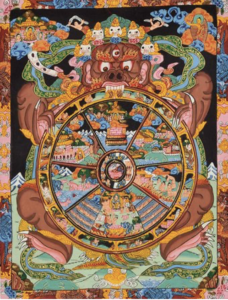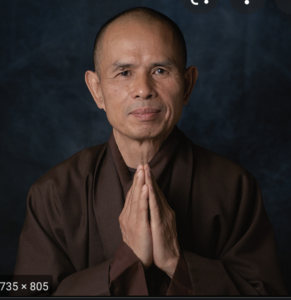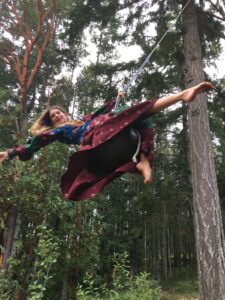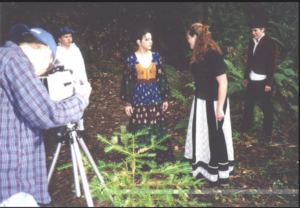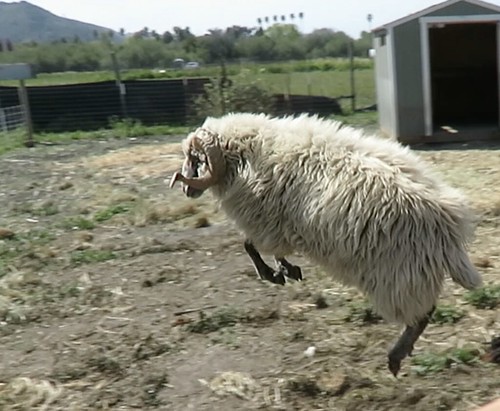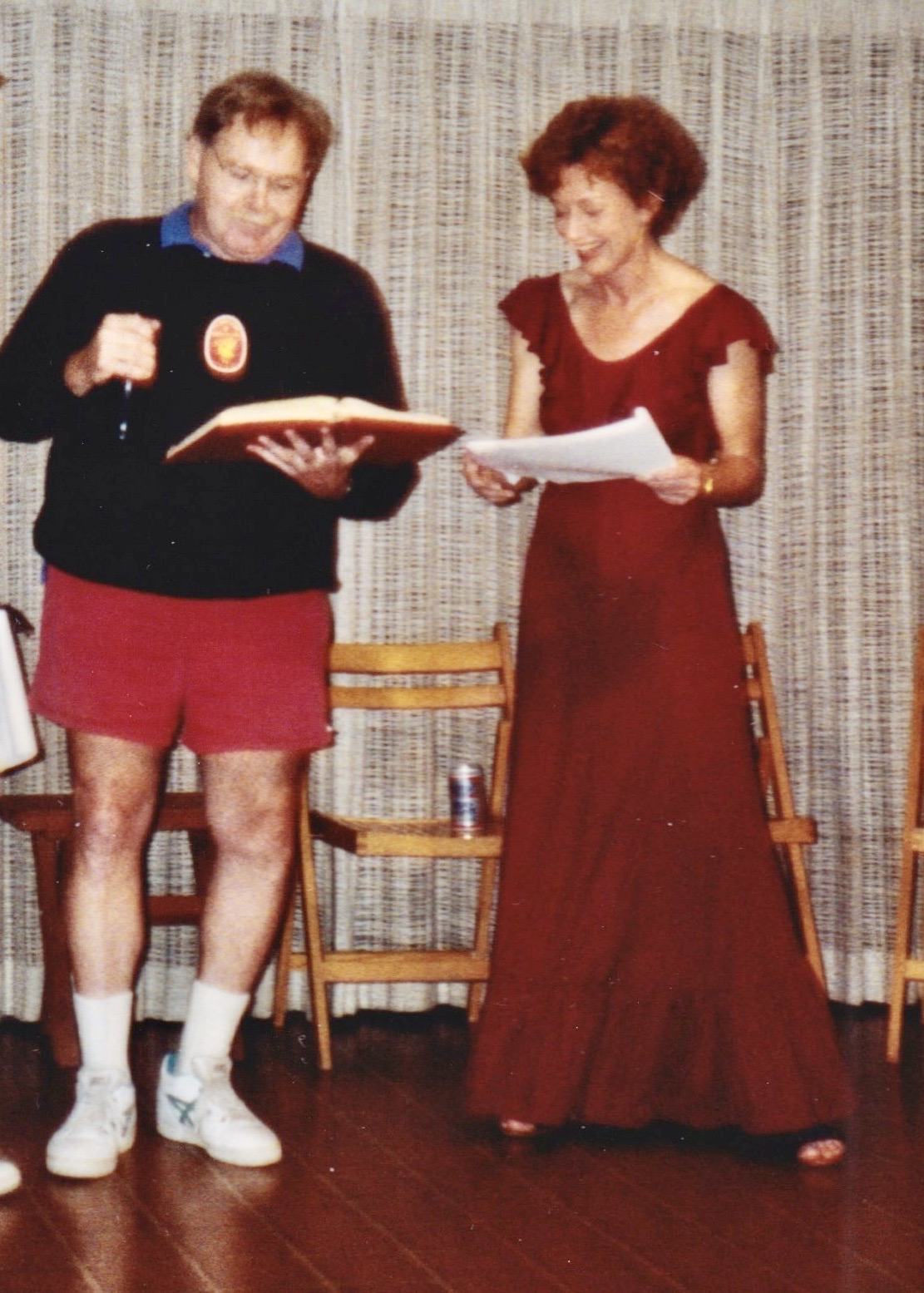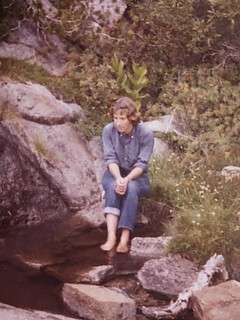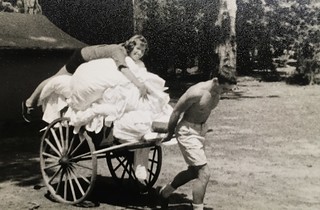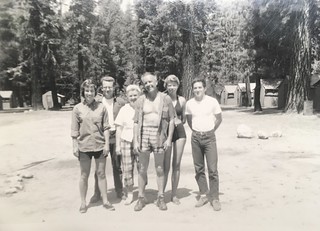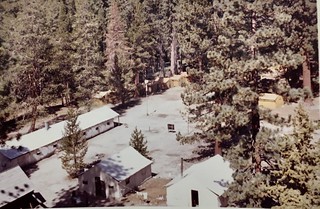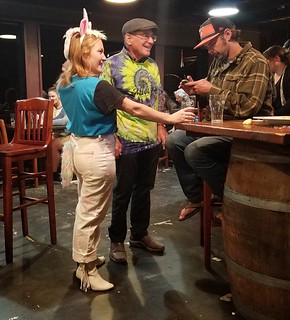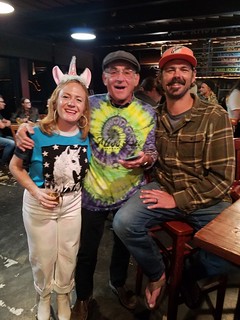On Friday the 28, Jan and I visited the Reis Family Mortuary on Nipomo Street to complete the pre-arrangements for “immediate burial” in the gravesites we purchased last June in the SLO Cemetery. This is the bottom of the line selection. It includes transport and storage of the remains until the grave is dug, delivery to the cemetery, cotton shroud, cardboard box and death certificate for $1845 each, in keeping with our choice of green burial. One option we added was permission to have a witness at the interment for an additional $250. Had we gone with the mortuary affiliated with the cemetery, the price would have been $3250.
The mortuary is located near the center of town in an attractive neo-colonial building.
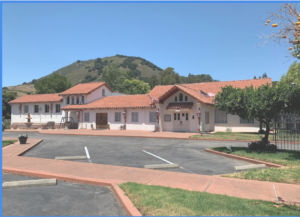
LisaMae, the amiable Salesperson, made the lengthy process of filling out forms, upbeat and casual. As it concluded, we were greeted by a gentleman in jeans and suspenders with a missing lower tooth, who introduced himself as Kirk, the son of the former owner. Though we both felt heavily in need of afternoon naps, Kirk insisted we tour the museum his father had created. He led us down two flights of stairs, not into a dark crypt but a riotous display of memorabilia–newspaper front pages going back to the 1930’s glued to the walls, collections of hash pipes, dolls, model trains, and bumper stickers–stored in three rooms connected by vault-like refrigeration doors, relics of the dairy operation which had occupied the site in the early 20th century.
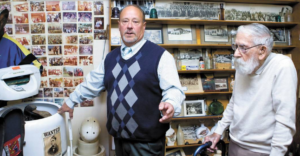
Over the weekend, Jan’s brother stayed with us, two weeks after the memorial in Long Beach for his wife, who died recently after a year’s ordeal with brain cancer. I drove him to the RR Station at 5:00 am on the 31st and then went to the farm to tend the new lambs. I came back home with a pumpkin and felt an unexpected need creeping over me to do something for the holiday. I emailed friends living nearby with an invitation to stop by for a drink while trick-or-treating with their kids and set to work carving the pumpkin with the saw on my Leatherman, stuffing a warty squash in the hole for a nose.

As the afternoon darkened, I felt an urge to visit our burial plots just across the freeway. Since I expected she’d never been there, I invited my co-worker, K., to join me for a Halloween excursion. Hesitantly she agreed.
On the way, I delivered what had become my spiel about the place: its location between Central Coast Brewery and the Sunset Drive-In adjacent to a littered hobo highway, its use extending back to the Civil War, its inclusion of many SLO City notables, its Jewish and Muslim sections. We parked on Elks Lane and walked down the main thoroughfare toward the bizarre Dorn pyramid. I pointed out the sites close to it that Jan and I had purchased in January.
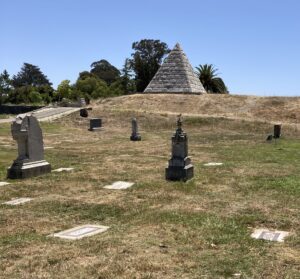
At the top of the serpentine outcrop on which it perched, I recounted the tale of the husband who built it as a memorial for his wife and daughter after they died in childbirth with the intention of eventually joining them but soon afterward moved to San Francisco, started a new family and never returned. I recollected being there 30 years earlier with students in my Shakespeare class who had chosen it for the location to video their performance of the tomb scene in Romeo and Juliet.
Walking back to the car, I declared that this place felt comfortable to me because at my age death seemed a natural and sometimes welcome prospect rather than the tragedy of dying young. I’ve had the time to live out my opportunities and choices.
On the return drive, K. was quiet. I worried that my pressuring her to go there might have awakened the pain I remembered in her voice when she spoke about her father, who died when she was a teenager.
Back at Citrus Court the setting sun put on a florescent pink lightshow. I set the jack o’lantern onto the transformer in the front yard, moved up the slider bench for a ringside seat and poured wine for Jan and me. As the streetlights came on, the Court awakened with costumed revelers. First were our immediate neighbors, dressed as ’70s hippies, carrying their 2 year old, severely autistic child, who made an instant of smiling eye-contact, then turned away. Then a group of costumed young couples and children paraded by carrying their own drinks. Other families, including a laughing grandma in a wheelchair, stopped to say hello. Older kids dressed as media characters I couldn’t recognize, filled both sidewalks. The joyful street life recalled trick-or-treating in the poor New York district we lived in until I was eight.
Next morning at the Farm I was greeted by Miss J., the Waldorf outdoor school’s teacher. She asked me to look at the altar she’d created inside their little geodesic dome to observe November 1, Dia de los Muertos, The Day of the Dead.
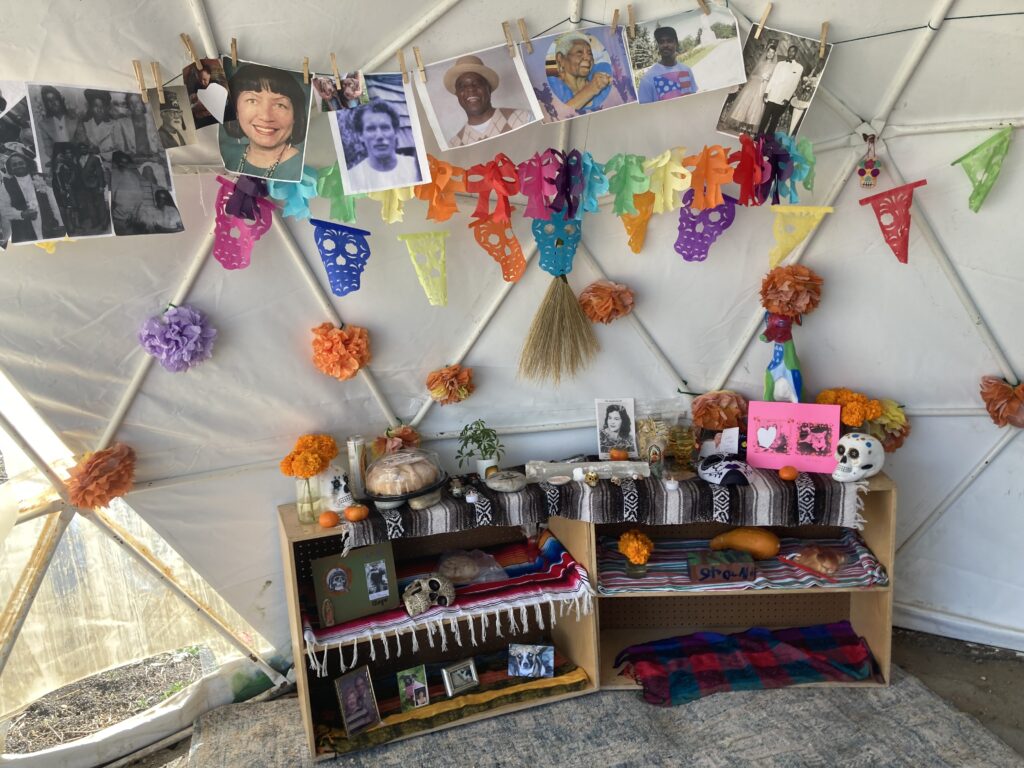
Her bright display of flowers and food, colored cutouts, and photographs of departed family members brought a shock of recognition. I’d forgotten that this was the holiday of jolly mourning, the mood which stirred me into activity yesterday afternoon. I’d forgotten that in the corner of my study I kept such an altar year-round on an antique washstand containing the ashes of my parents.
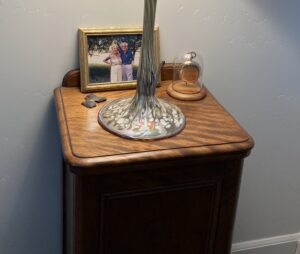
The 1950’s wedding portrait of Miss Jewel’s grandmother and and grandfather completed the epiphany: combining festivity and grief, we find a bit of what’s beyond our grasp.
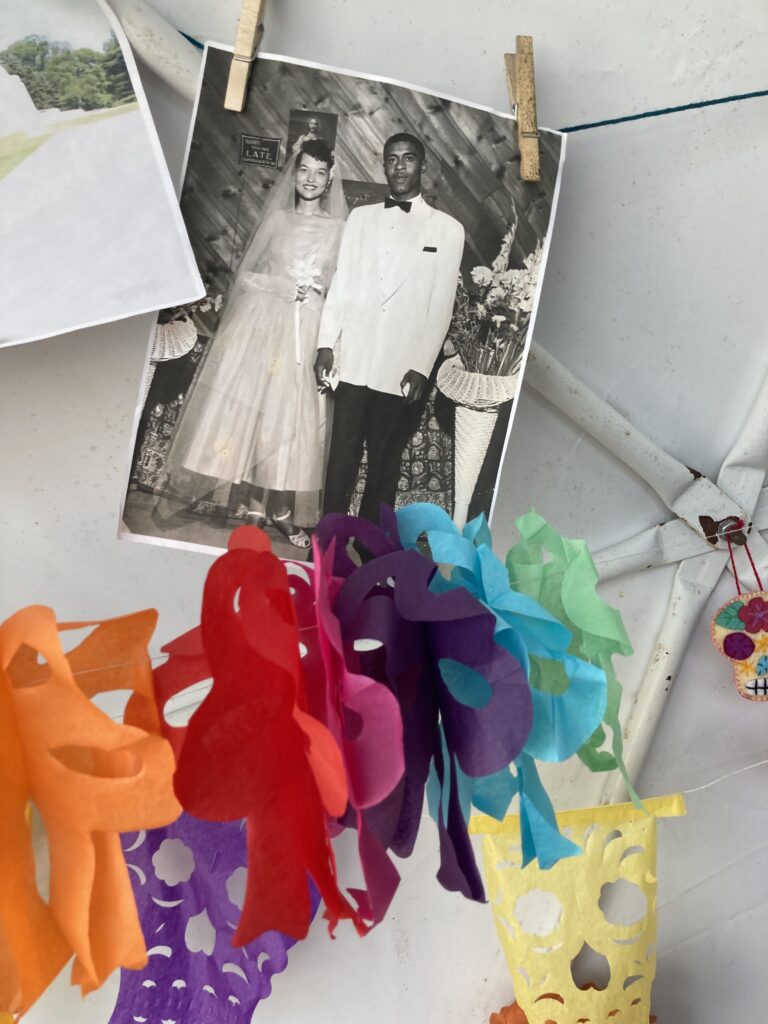
Postscript
Thanksgiving Day morning November 24.
Getting up early after a wakeful night, I look for something to do before it gets light enough for my holiday farm chores and randomly browse this blog. Noticing “Lund Retreat 2007,” an unremembered occasion, I open the 7-entry set, and take some pleasure in the prose and the awakened reminiscence of that autumnal solo excursion to the place which, fifteen years ago, I still regarded as my true home. The third entry is dated October 31 and chronicles a visit to the Uhlman’s house, where Ronnie said she assumed I knew the answer to her question about the proper Jewish ritual for unveiling a gravestone the first year after interment. Slightly shamed I told her I had no idea and changed the subject.
Back at Knoll House I happily answered Jan’s phone call. She mentioned she’d been grieving for Henry on this Jahrzeit of his death in 1995. With a flash it came back: Halloween in the nursing home, the staff in costume, the arrival of the mortuary attendant who identified himself as “Neptune,” and all that followed– an event recorded twelve years earlier so as not to be forgotten, but nevertheless forgotten on that very day.
Reading that as the light comes up this morning, there’s another flash. The memory that was lost a few weeks ago, despite the mysterious impulse and visit to the cemetery and contemplation at the shrine behind me and despite the next day’s surprise recollection–that purpose of the Jahrzeit was still unrealized…until now.


